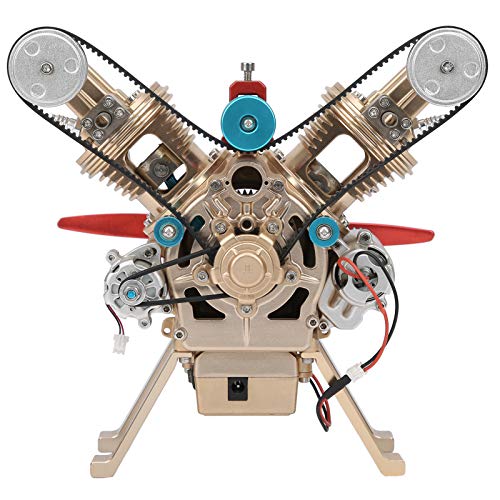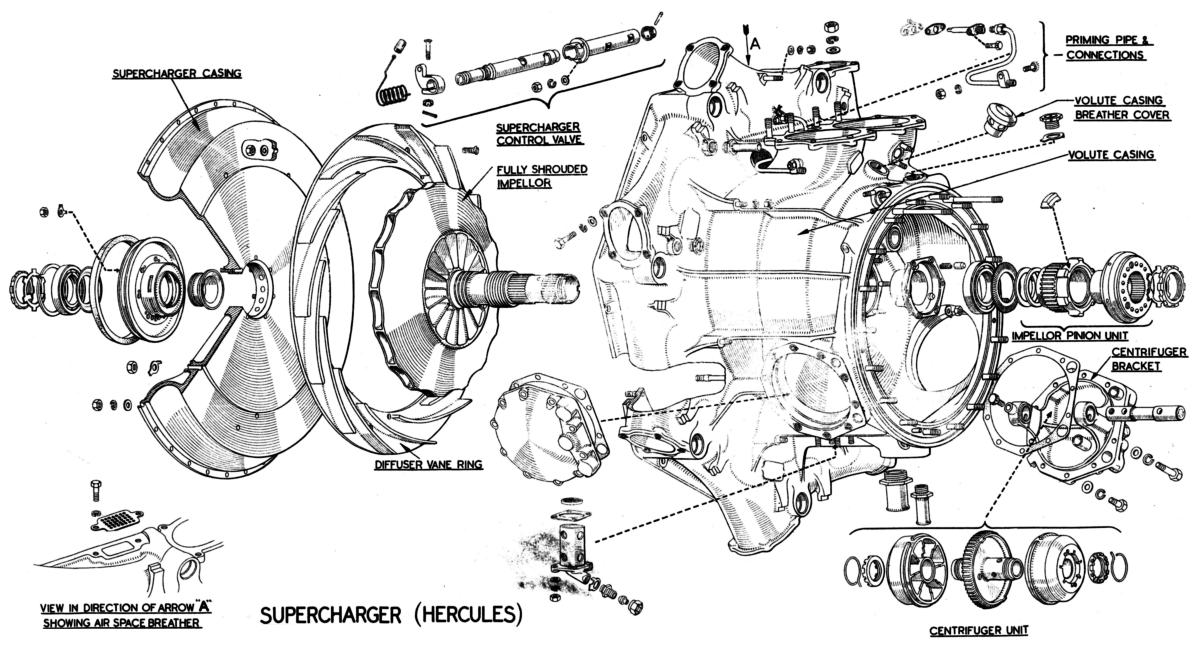The reason it's like this is your ludicrous pump impeller tip speed from the high RPM of the tesla turbine. Honestly this is kind of the problem for most single stage turbines, they want to spin way too fast for most loads aside from turbocompressors and electric generators.OK, I ran the numbers on my tiny DIY water pump first using the simple equations Gemini (Google’s AI) found, and then using the step-by-step equations described in the link you provided. The results from Gemini's equations are more-or-less reasonable, but the results from the Euler’s turbomachine equations are pretty crazy.
From Gemini:
Q = π * D * B * ω / 60 = 3.1416 * 0.04878 * 0.012 * 120,000 / 60 = 3.678 cubic meters per hour
= 61.3 LPM which seems reasonable.
Using the results, 3.678 m^3/hr, and the somewhat ridiculous pressure obtained from the Eulers Turbomachine Equations, plugged into the power equation found via the internet, results in the following.
Power (kW) = Q* P * SG / 3600 = 3.678 * 480.6 / 3600 = 0.49 kW
The need for 1/2 kW to power my small pump also seems reasonable.
____________________________________________________________________________________
Euler’s turbomachine equations:
Given:
diameters of the impeller at the inlet and outlet
r1 = 0.01374 m
r2 = 0.02439 m
Speed = 120,000 rpm
the blade angle at inlet β1 = 30°
the blade angle at outlet β2 = 20°
assume that the blade widths at inlet and outlet are: b1 = b2 = 0.012 m
First, we have to calculate the radial velocity of the flow at the outlet. From the velocity diagram, the radial velocity is equal to (we assume that the flow enters exactly normal to the impeller, so tangential component of velocity is zero):
Vr1 = u1 tan 30° = ω r1 tan 30° = 2π x (120,000/60) x 0.01374 x tan 30° = 99.6 m/s
The radial component of flow velocity determines how much the volume flow rate is entering the impeller. So when we know Vr1 at the inlet, we can determine the discharge of this pump according to the following equation. Here b1 means the blade width of the impeller at the inlet.
Q = 2π.r1.b1.Vr1 = 2π x 0.01374 x 0.012 x 99.6 = 0.1 m3/s = 6000 LPM = 100 L/s
In order to calculate the water horsepower (Pw) required, we have to determine the outlet tangential flow velocity Vt2, because it has been assumed that the inlet tangential velocity Vt1 is equal to zero.
The outlet radial flow velocity follows from conservation of Q:
Q = 2π.r2.b2.Vr2 ⇒ Vr2 = Q / 2π.r2.b2 = 0.1 / (2π x 0.02439 x 0.012) = 54.38 m/s
From the figure (velocity triangle) outlet blade angle, β2, can be easily represented as follows.
cot β2 = (u2 – Vt2) / Vr2
and therefore the outlet tangential flow velocity Vt2 is:
Vt2 = u2 – Vr2 . cot 20° = ω r2 – Vr2 . cot 20° = 2π x 120000/60 x 0.02439 – 54.38 x 2.75 = 306.5 – 149.5 = 156.9 m/s.
The water horsepower required is then:
Pw = ρ Q u2 Vt2 = 1000 [kg/m3] x 0.1 [m3/s] x 306.5 [m/s] x 156.9 [m/s] = 4,808,985 W
= 4,809 kW
and the pump head is:
H ≈ Pw / (ρ g Q) = 4,808,985 / (1000 x 9.81 x 0.1) = 4,902 m
= 480.6 bar
= 6970.5 psi
These results are laughable. 4,809 kW turning the 8 mm diameter stainless steel shaft seems likely to sheer the shaft, assuming the aluminum impeller didn't self destruct first, and that the Tesla turbine could actually produce that much power. It all seems most improbable.
I suspect what these numbers are telling me is that there's simply no way my tiny water pump will actually spin at 120,000 rpm.
Testing the Tesla turbine and using the water pump as a load should prove interesting
What will happen is that your pump will load the turbine down to a speed where the driving torque demand of the pump matches the output of the turbine. Obviously not ideal for turbine efficiency. You will probably find the pump outputs a lot more pressure and flow if you gear the turbine output down so it's running at a more optimal speed.
Edit: for reference, your tip speed seems to be slightly over 300 m/s. The LOX turbo pump on the F-1 engines of the Saturn V moon rocket was only running a bit over 142 m/s.
Last edited:





































































